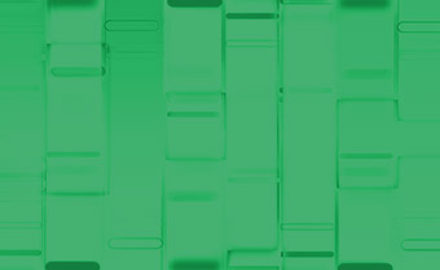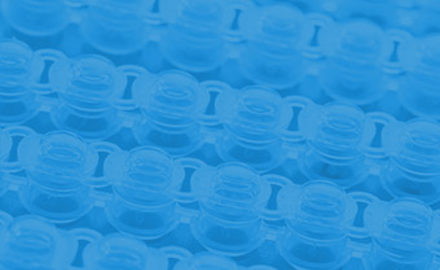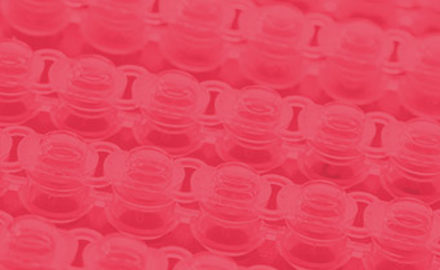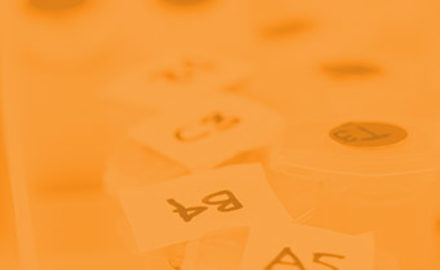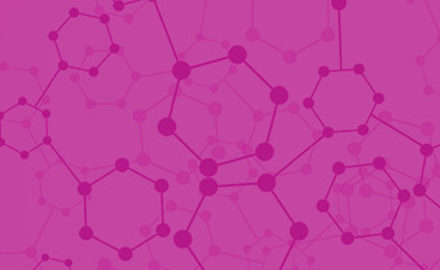Page 28 – Undergraduate essay prize
Oliver Shutkever
References
1. Bostrom N. Superintelligence: Paths, Dangers, Strategies (1st edition). UK: Oxford University Press, 2014.
2. Jha S, Topol EJ. Adapting to artificial intelligence: Radiologists and pathologists as information specialists. JAMA 2016;316:2353–2354.
3. Litjens G, Sánchez CI, Timofeeva N, Hermsen M, Nagtegaal I, Kovacs I et al. Deep learning as a tool for increased accuracy and efficiency of histopathological diagnosis. Sci Rep 2016;6:26286.
4. Levenson RM, Krupinski EA, Navarro VM, Wasserman EA. Pigeons (Columba livia) as trainable observers of pathology and radiology breast cancer images. PLoS One 2015;10:1–21.
5. Ciresan DC, Giusti A, Gambardella LM, Schmidhuber J. Mitosis detection in breast cancer histology images using deep neural networks. Med Image Comput Comput Assist Interv 2013;16:411–418.
6. Su H, Xing F, Kong X, Xie Y, Zhang S, Yang L. Robust Cell Detection and Segmentation in Histopathological Images Using Sparse Reconstruction and Stacked Denoising Autoencoders. Med Image Comput Comput Assist Interv 2015;9351:383–90.
7. Yu K-H, Zhang C, Berry GJ, Altman RB, Ré C, Rubin DL et al. Predicting non-small cell lung cancer prognosis by fully automated microscopic pathology image features. Nat Commun 2016;7:12474.
8. Wang H, Cruz-Roa A, Basavanhally A, Gilmore H, Shih N, Feldman et al. Mitosis detection in breast cancer pathology images by combining handcrafted and convolutional neural network features. J Med Imaging 2014;1:3.
9. Janowczyk A, Madabhushi A. Deep learning for digital pathology image analysis: A comprehensive tutorial with selected use cases. J Pathol Inform 2016;7:29.
10. Vandenberghe ME, Scott MLJ, Scorer PW, Söderberg M, Balcerzak D, Barker C. Relevance of deep learning to facilitate the diagnosis of HER2 status in breast cancer. Sci Rep 2017;745938.
11. Boyce BF. Whole slide imaging: uses and limitations for surgical pathology and teaching. Biotech Histochem 2015;90:321–330.
12. Chlipala E, Elin J, Eichhorn O, Krishnamurti M, Long RE, Sabata B et al. Archival and Retrieval in Digital Pathology Systems. WI, USA: Digital Pathology Association, 2016.
13. Granter SR, Beck AH, Papke DJ. AlphaGo, Deep Learning, and the Future of the Human Microscopist. Arch Pathol Lab Med 2017;141:619–621.
14. Libbrecht MW, Noble WS. Machine learning applications in genetics and genomics. Nat Rev Genet 2015 16:321–332.
15. Silver D, Huang A, Maddison CJ, Guez A, Sifre L, van den Driessche G et al. Mastering the game of Go with deep neural networks and tree search. Nature 2016;529:484–489.
16. Granter SR, Beck AH, Papke DJ. Straw men, deep learning, and the future of the human microscopist: Response to “artificial intelligence and the pathologist: Future frenemies?” Arch Pathol Lab Med 2017;141:624.
17. Sharma G, Carter A. Artificial Intelligence and the Pathologist: Future Frenemies? Arch Pathol Lab 2017 141:622–623.
18. Gehlenborg N, O’Donoghue SI, Baliga NS, Goesmann A, Hibbs MA, Kitano H et al. Visualization of omics data for systems biology. Nat Methods 2010;7:S56–S68.
19. Bellazzi R, Diomidous M, Sarkar IN, Takabayashi K, Ziegler A, McCray AT. Data analysis and data mining: current issues in biomedical informatics. Methods Inf Med 2011;50:536–544.
20. Berger B, Peng J, Singh M. Computational solutions for omics data. Nat Rev Genet 2013;14:333–346.

